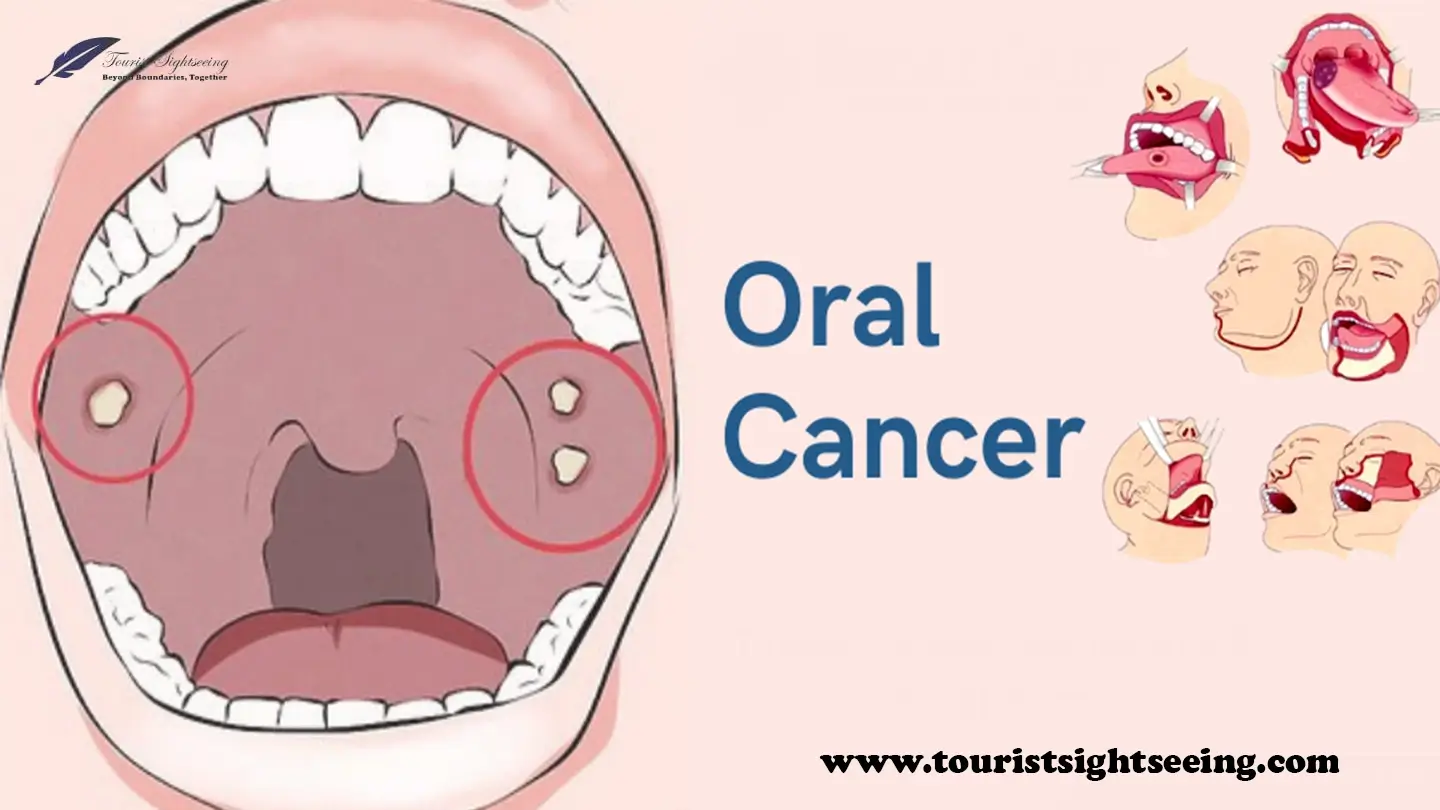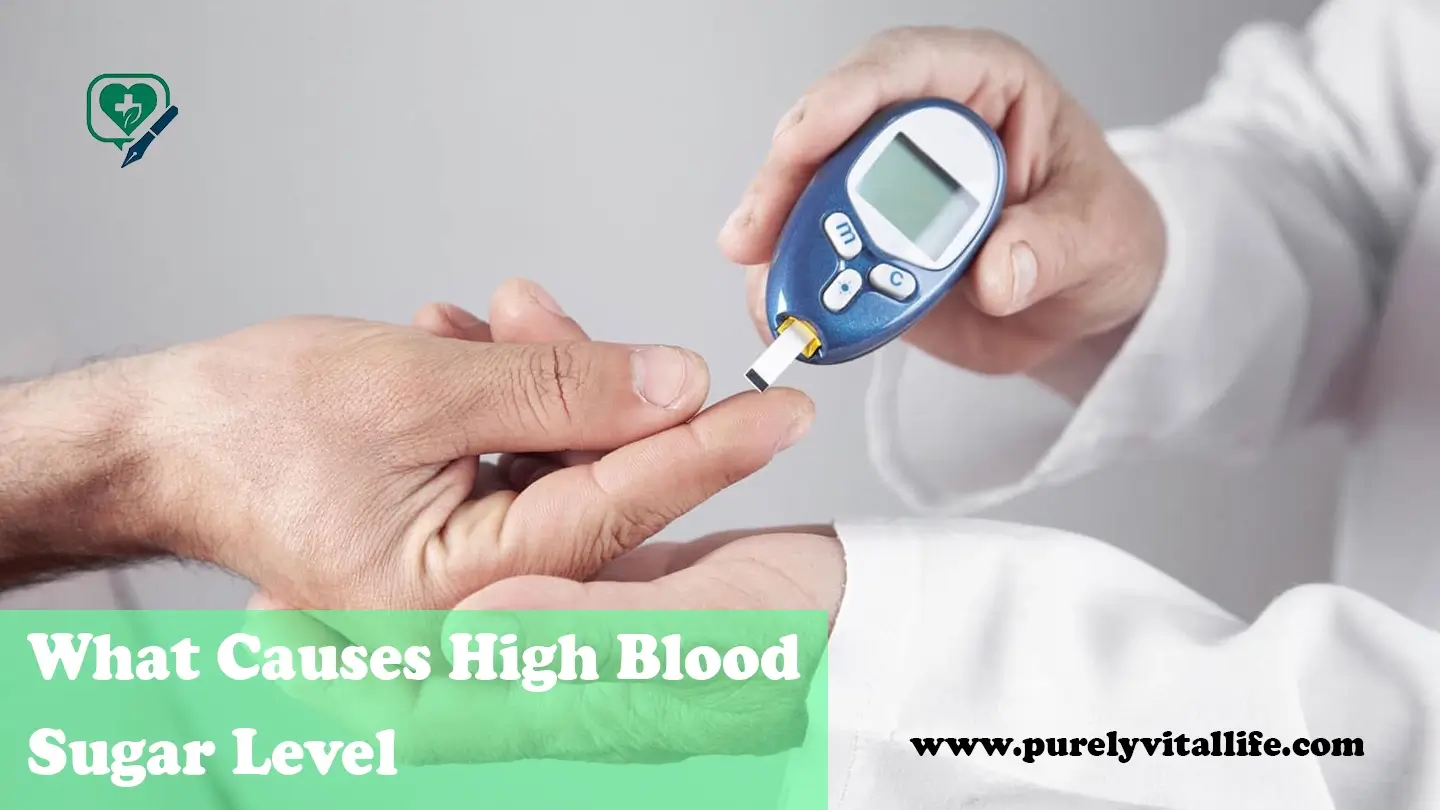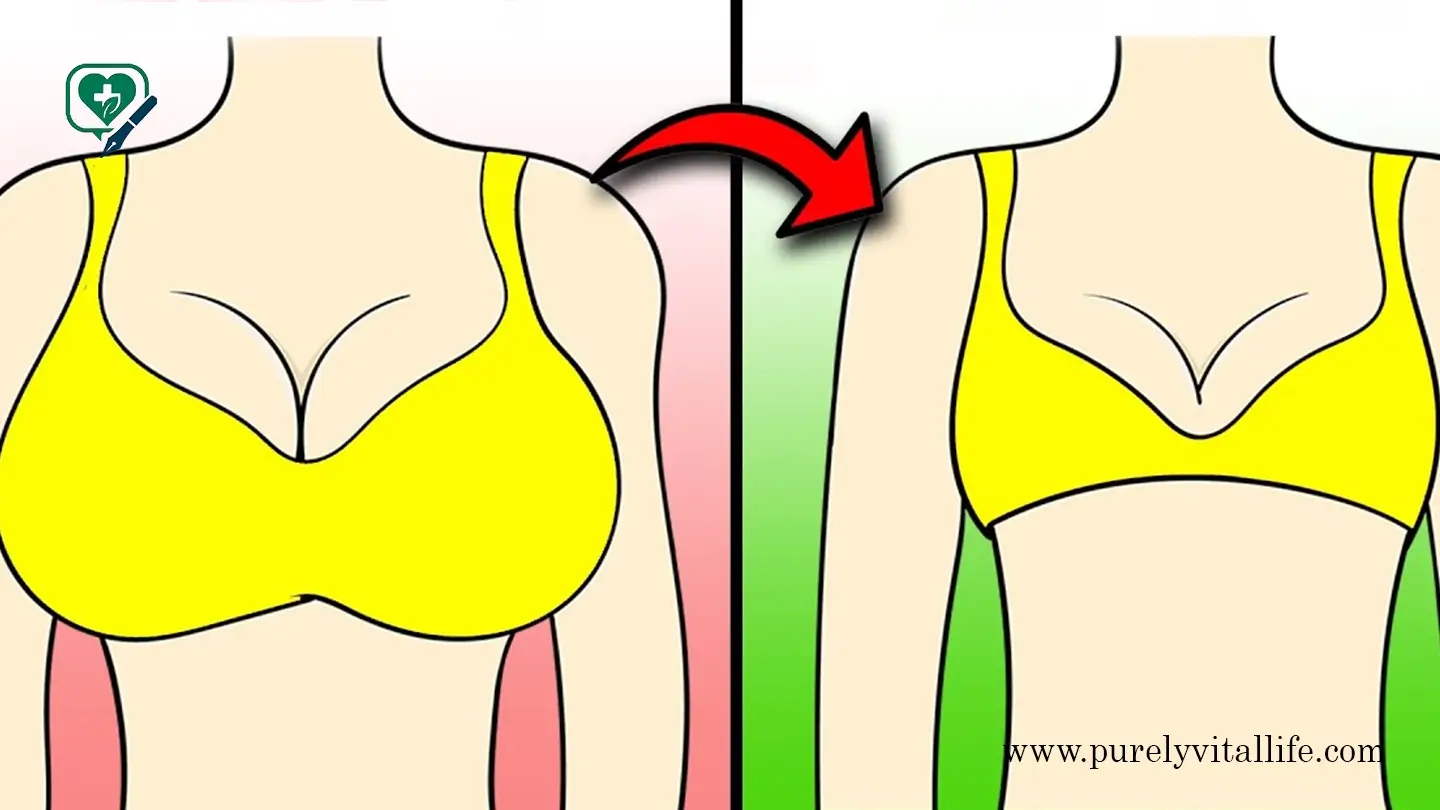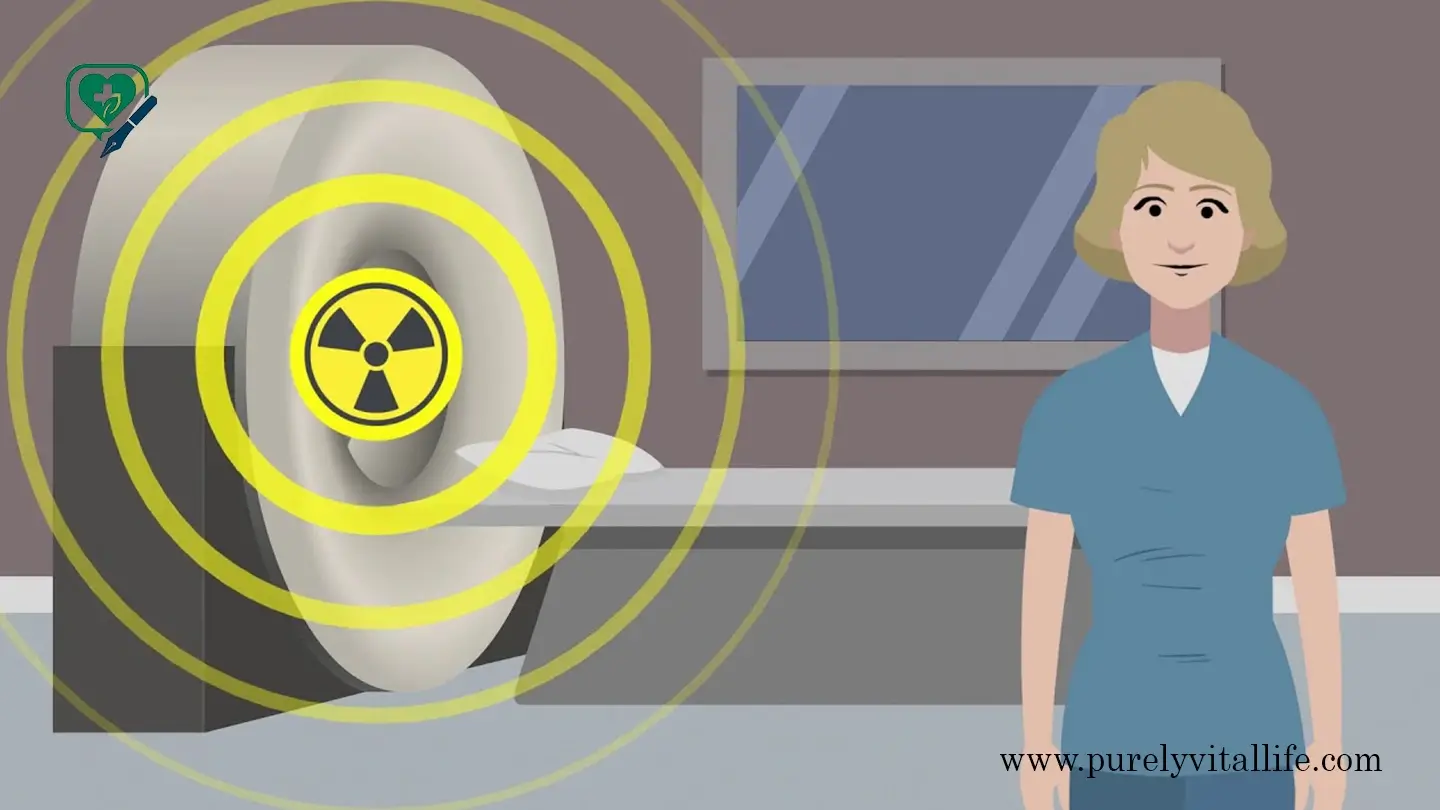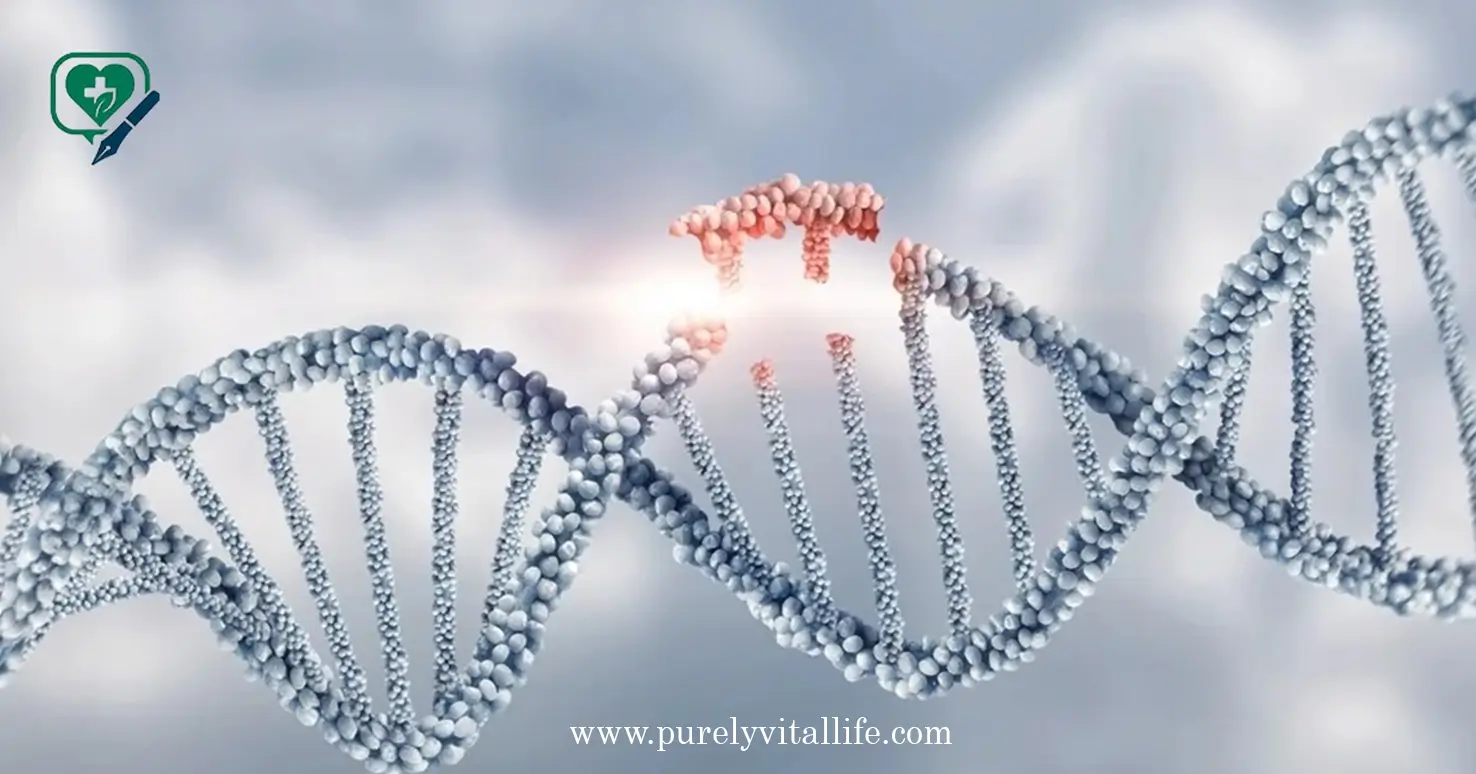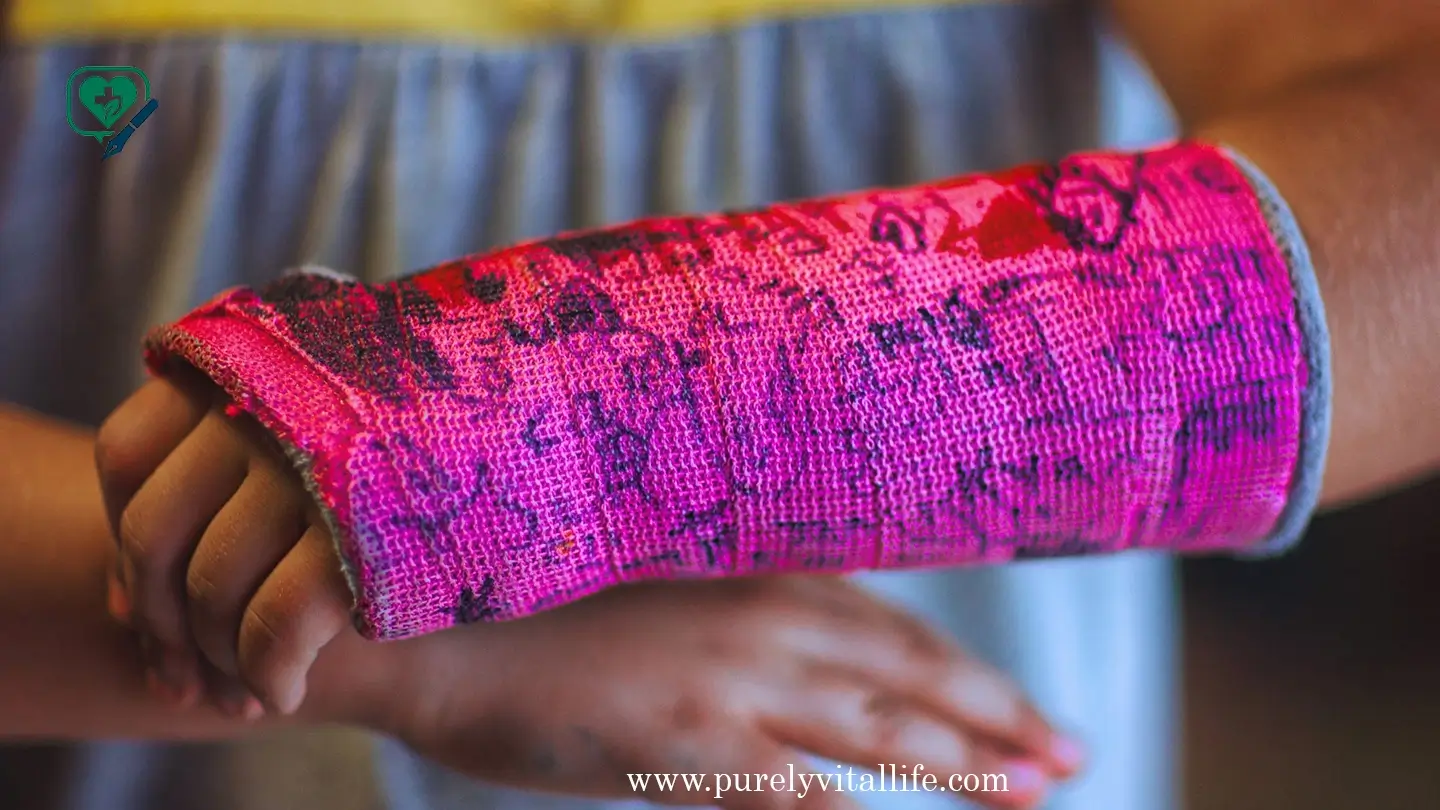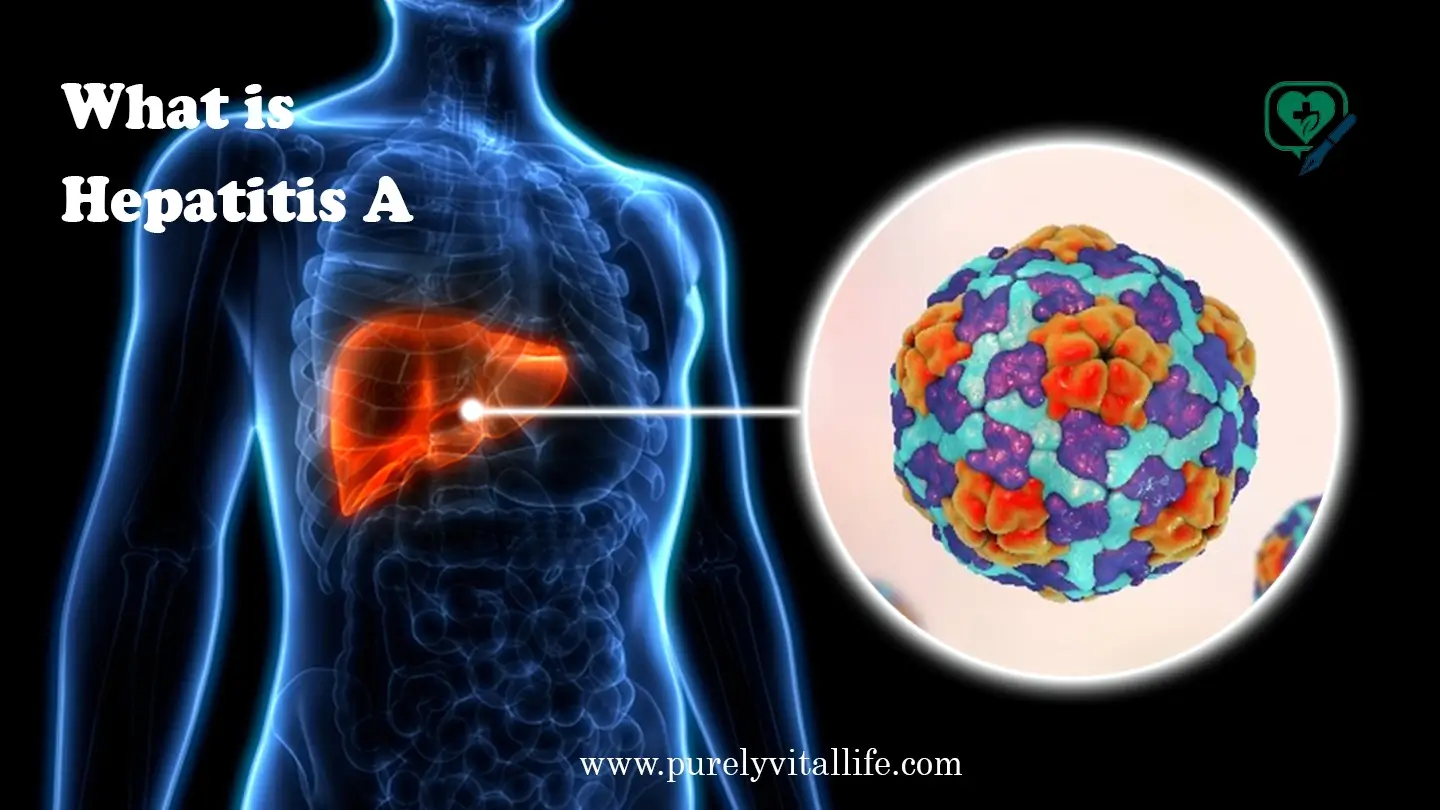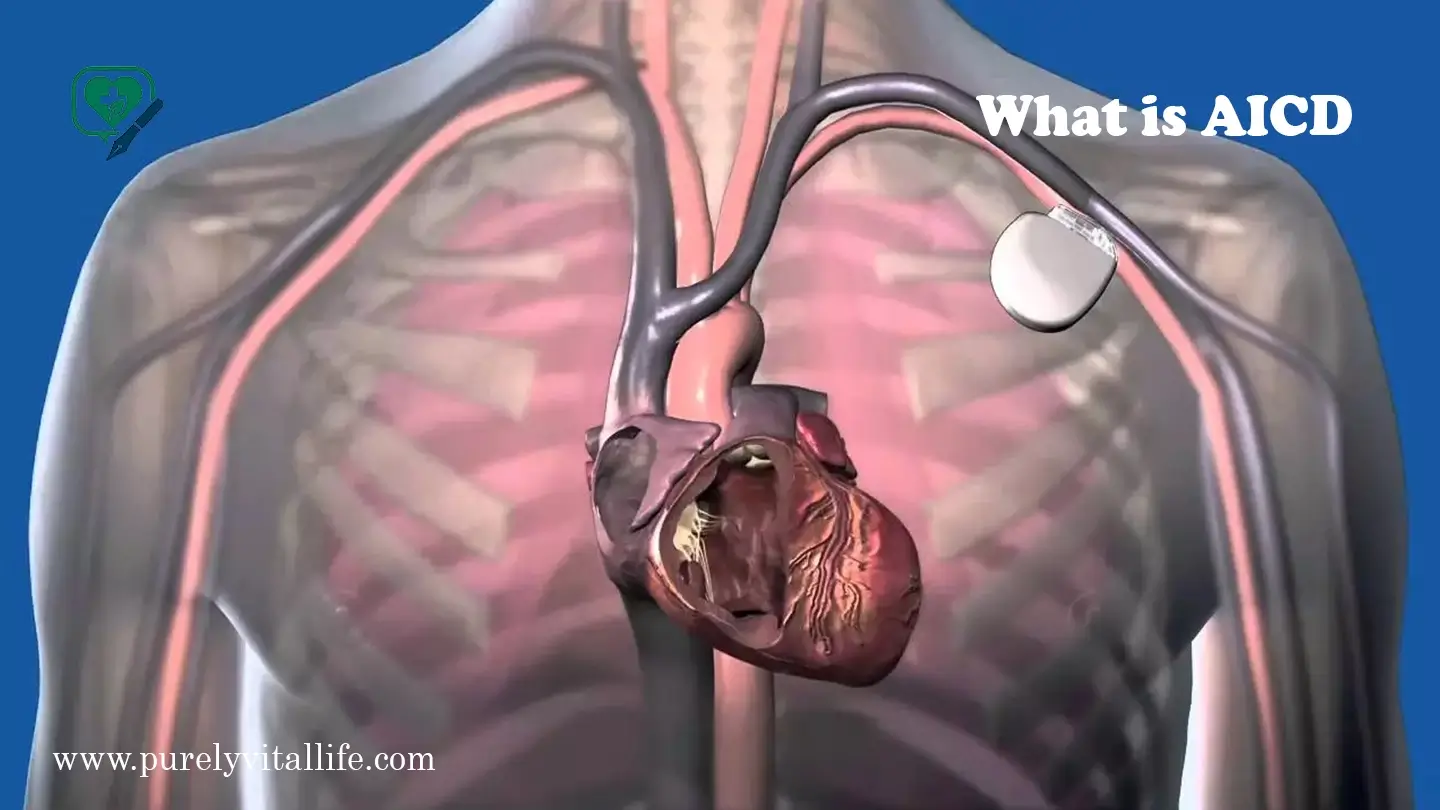
Introduction to Lump on Rib:
Assuming you find a lump on your rib is alarming and should raise questions about your health; it can also raise immediate worries. While some rib lumps may be harmless, others may require medical intervention. At Purely Vital Life, we aim to provide clear and easily understandable health information so you can recognize possible causes, symptoms and when to visit a physician. This guide contains everything you need to know about a lump on the rib, diagnosis, and treatment options.
Understand What Causes Rib Pain:
A “lump on the rib” refers to any abnormal swelling, bump, or mass that appears over or near the rib cage. These lumps may range in size, texture, and whether or not they are painful; some can be soft and mobile, while others are hard and fixed.
Lumps on ribs may appear suddenly or slowly over time. Not all lumps pose a danger. But ignoring them can cause serious health complications. These complications need immediate attention and proper care.
Also Read About What Type of Joint Exists Between Sternum and Ribs? — >>>

Common Causes of a Lump on Rib:
Lipoma:
A lipoma is a soft fatty lump that forms under the skin. It is one of the most prevalent benign causes of lumps on the ribs. They are generally painless and slow-growing; larger ones may cause discomfort. Lipomas tend to run in families; middle-aged adults seem more at risk than others for developing them. Occasionally, lipomas press against nearby nerves or tissues and cause mild pain as a result.
Cysts:
Sebaceous or epidermoid cysts may appear on your rib cage. Fluid-filled sacs form under the skin when oil glands become clogged. They usually stay noncancerous. But they can get infected. Infections make the cyst red, swollen, and painful to touch. Many cysts are harmless and do not return. Still, doctors often remove them surgically to prevent complications.
Fibrous Tissue Growths:
Some lumps come from fibrous tissue growths called fibromas. These growths usually remain harmless. But a doctor should check them if they change shape or grow larger. Fibromas often appear after minor trauma or irritation in connective tissues. Doctors rarely treat them unless they cause pain or cosmetic concerns.
Injury or Trauma:
A lump on the rib can occur following injury to the chest area, including sudden blunt trauma. The cause may include swelling, bruising or blood clot formation under the skin. Occasionally, bone callus forms as the rib heals, which creates hard lumps that often fade over time as your body repairs itself.
Bone Abnormalities:
A hard lump could be caused by bone overgrowth or a benign tumour. Osteochondroma (a cartilage-capped growth on bone), in particular, may produce visible bumps; they are particularly prevalent among younger individuals while their bones continue to develop and may press against nearby tissues, causing discomfort, but usually remain harmless.
Infections:
Rarely, chest wall or rib infections can result in swelling and painful lumps accompanied by fever, redness and tenderness. Such infections may form after surgery, injury, or bacteria spreading from elsewhere in the body – left untreated, these can spread further and lead to more serious consequences.
Cancerous Tumours:
Although rare, rib lumps can occasionally be linked to cancer, such as sarcoma or metastasis from another part of the body. Such lumps typically grow rapidly and may be painful. Cancerous lumps may also cause symptoms like night sweats, fatigue or unexplained weight loss – early detection through medical imaging and biopsy improves treatment outcomes substantially.

Symptoms to Watch Out For in a Lump on Rib:
Not every lump on the rib presents with symptoms; however, certain indicators may point towards potential health concerns. Common symptoms could include:
- Experienced pain or tenderness around a lump?
- Redness, warmth or swelling indicates an infection is present.
- Rapid expansion of a lump in a short period
- Firmness or mobility of the lump
- Fever, fatigue or weight loss (potential indicators of infection or cancer)
If any of these symptoms appear, you must visit a healthcare professional immediately.
When to See a Doctor for a Lump on Rib:
Do not ignore a lump on your rib that changes over time; seek medical assistance immediately if:
- As it expands or alters in form, it changes shape.
- Hard, fixed and does not move under the skin
- Are you experiencing persistent discomfort or tenderness in an area? If this is the case for you, then
- An acne cyst often presents with fever, night sweats, or weight loss symptoms.
- Your family history contains cancer.
Early medical evaluation can help identify serious conditions and ensure you receive appropriate treatments.
Diagnosing a Lump on Rib:
When visiting a physician for a lump on your rib, they may suggest:
Physical Examination:
The doctor will perform a physical exam of your lump. They may ask about its size, texture and mobility before asking about your medical history and family background, as well as recent injuries. They will look out for tenderness, swelling or skin changes during this examination. Often, a physical exam alone can rule out harmless conditions like lipomas; if, however, your lump feels hard or irregular, additional tests will likely be ordered.
Imaging Tests:
To properly examine a lump and its surrounding tissues, doctors may turn to imaging tests such as X-rays, ultrasounds, CT scans or MRIs for an in-depth evaluation. These imaging exams help doctors determine whether it lies on the skin, muscles or bones and which form it comes from. Ultrasounds can identify cysts or lipomas, while CT scans give more detailed images for bone-related abnormalities. In cases where soft tissue tumours are suspected by their physician, an MRI may also provide valuable information that provides doctors with valuable insight before suggesting treatment plans. Together, these imaging tests give doctors important insight before suggesting treatment plans.
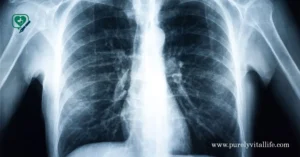
Biopsy:
If cancer or another serious condition is suspected, a biopsy (the removal of tissue for testing) may be performed as part of its diagnosis process. A biopsy allows doctors to examine a lump under a microscope in order to confirm its nature as either benign or malignant; depending on its location, it could involve using fine needles, core needles, or even minor surgery techniques to remove tissue for testing. While undergoing a biopsy may seem risky or intimidating at first, it is a safe and reliable methods that allow doctors to accurately diagnose your condition while aiding doctors in creating treatment plans tailored specifically for you by using its results as part of their diagnosis process.
Available Treatment Solutions:
Treatment depends on the underlying cause of the lump on the rib, with popular approaches including:
Observation:
For benign conditions like lipomas or small cysts, doctors may advise monitoring them over time to make sure that they do not grow or change. Observation often works as the safest approach. Doctors recommend it when there is no pain or cosmetic concern. Patients should return if they notice sudden changes. This method also prevents unnecessary medical procedures for harmless conditions.
Medication:
If the lump is caused by infection, antibiotics or anti-inflammatory medicines may be prescribed. Painkillers and topical treatments may help to reduce swelling and discomfort; in certain instances, steroid injections may also help shrink certain benign growths. Medication usually provides short-term relief; if the infection recurs or does not respond to drugs, then surgical treatment may be required.
Surgical Removal:
Large, painful or suspicious lumps may require surgical removal for effective treatment or diagnosis. Doctors usually perform surgery under local or general anesthesia. The choice depends on the size and location of the lump. Surgery offers both treatment and diagnosis. During the procedure, doctors remove tissue from the lump. Specialists then analyze this tissue in a laboratory. Surgical removal is often recommended in cases such as cysts, lipomas or bone growths that interfere with daily activities, although surgery carries its own set of risks, but most patients recover quickly with excellent outcomes from the experience.
Cancer Treatment:
If a lump is cancerous, treatment options vary depending on its stage and type. A team of oncologists and surgeons will devise a personalized plan; chemotherapy and radiation may reduce tumour size while surgery may be necessary to remove them entirely. Cancer treatments are long and challenging processes; early detection usually increases survival rates, while supportive services such as pain management and nutritional guidance may also play a part in recovery processes.
Prevention and Self-Care Tips:
While not all lump on rib conditions can be prevented, adopting healthy lifestyle habits may lower your risk.
- Maintain a healthy weight to reduce fat deposits (lipomas).
- Protect your chest during sports to minimize the chance of injuries.
- Practice proper hygiene to help avoid infections that could result in cysts.
- Schedule regular health exams to detect early warning signs.
Final Thoughts:
Rib lumps may be caused by various factors, ranging from harmless fatty tissue growth to more serious conditions like cancer. While most lumps are harmless, you should contact a healthcare professional immediately if there are changes in size, shape or pain development.
At Purely Vital Life, we recommend staying informed about your health and never dismissing unusual symptoms, as early diagnosis and treatment can make a positive difference in overall wellness.


